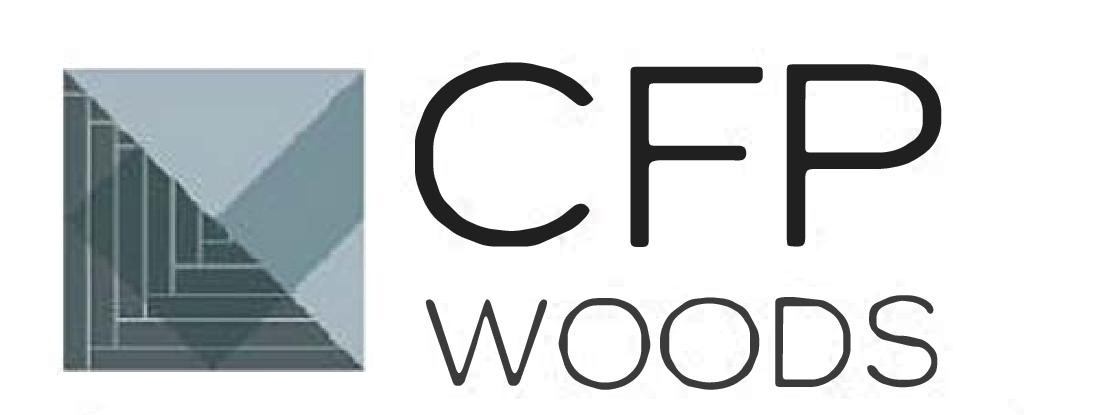Factors affecting the quality of heat-treated wood.
The quality of raw material has a significant effect on the quality of the final heat-treated wood product. In principle, all wood species can be heat-treated. However, the parameters used for the process must be optimized separately for
each wood species.
In Finland, the species used for heat treatment are pine (Pinus sylvestris), spruce (Picea abies), birch (Betula endula), and aspen (Populus tremula). In addition, some experience has been gained in the treatment of Radiata pine (Pinus radiata), ash (Fraxinus excelsior), larch (Larix sibirica), alder (Alnusglutinosa), beech (Fagus silvativa), and eucalyptus.
There are differences between wood species in terms of annual growth, wood cells, wood pores, the number of chemical components, etc. Moreover, different wood species have, for example, different fiber length properties: the softwoods feature a wide distribution in fiber length compared with hardwoods which on average have much shorter fiber length and less variance.
The quality of sawn timber as raw material is controlled with a general quality grading system. The quality grades are divided into three groups according to the number, quality, location, and size of the knots and other features. These
are A, B, and C grades, with Grade A divided further into sub-grades A1, A2, A3, and A4. In addition, sawmills use several customer-specific grading applications.
The International Thermowood Association has established quality level thresholds for pine, spruce, and hardwood timber used as raw material for ThermoWood.

The ThermoWood® trademark is a sign of wood products manufactured via a method developed in Finland. Only the members of the International ThermoWood Association have legal right to use the word ThermoWood with thermally modified timber.

Comments are closed here.